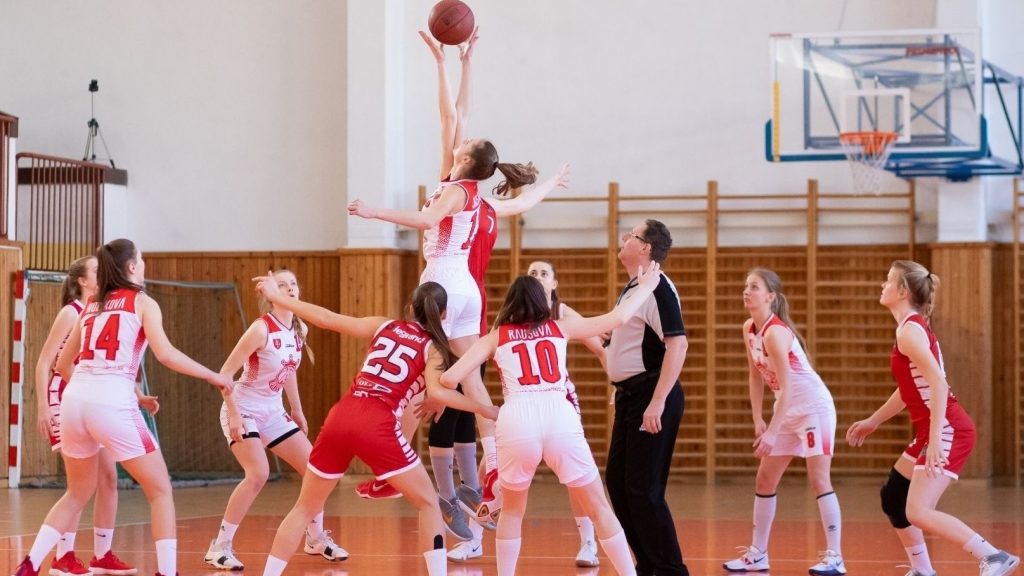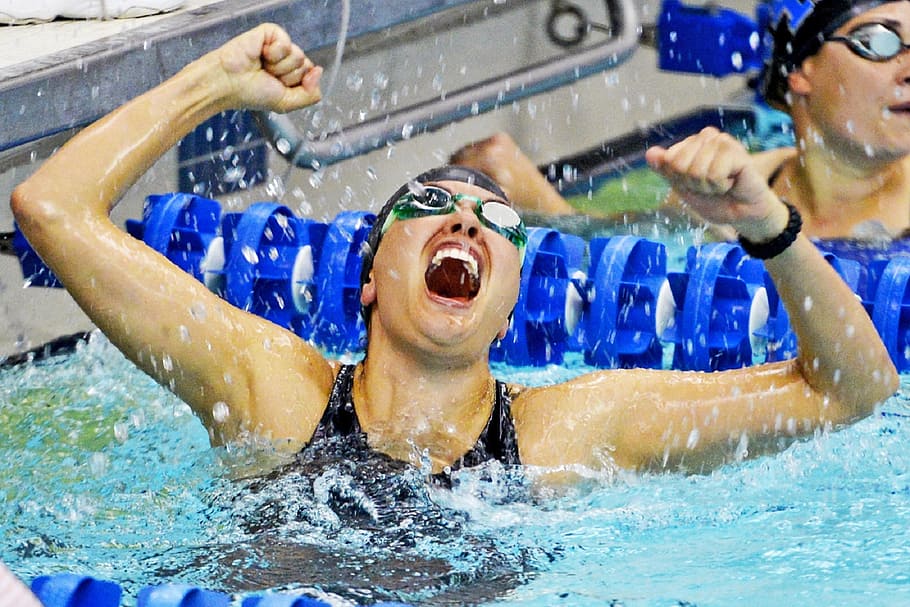Fewer Children Involved In School Athletics
School sports enrollment is declining at alarming rates, but what is the cause for this mass exodus in organized athletics?

School sports have long been a staple of American education. Dating back to America’s introduction of mandatory schooling for children, organized school sports has been a major part of youth life. Nearly a decade ago, some 7.7 million U.S. children played on a high school sports team, according to the National Federation of State High School Associations (NFHS). But by and large, student enrollment in these extracurriculars is declining, and many experts are left wondering why the sudden shift.
According to reports from EdWeek, the majority of school sports have reopened in the United States, but many schoolchildren are not returning to them. According to a survey from the Aspen Insitute and Utah State University, nearly three in ten students who were previously a part of school athletics are no longer involved or interested in playing organized sports. This number is a striking 19% increase from the last time the study was conducted last year when nearly one in five students failed to return to athletics.

The decline in school sports enrollment could have long-lasting effects on students. Studies show how student-athletes are less likely than non-athletes to be obese, and less likely to experience mental health problems with higher self-esteem. Furthermore, students involved in school-run athletic programs are more likely to go to college.
So what exactly is to blame for the mass exodus of students in school sports? Some believe that the COVID pandemic has a lot of play in the reasoning. Pandemic shutdowns didn’t only affect school closures, but also their sports counterparts. In the EdWeek report, one study from a single high school found that compared to previous years, the percentage of overweight or obese students at the school more than doubled during the 2020-2021 school year, when the school was shut down for five months. But this still fails to answer why the students have still yet to return to school sports.
There are multiple reasons students and parents might be wary about the return to school sports after school closures. Illness and fear of contracting COVID might be one reason for the lack of interest. Evidence suggests that COVID can spread more easily through athletic sports teams, especially those that happen indoors, such as wrestling and basketball. But lack of motivation to return might also be to blame.

Some believe that the prolongated time athletes spent away from school sports, often in isolation at home, made students become “lazy” and lack the motivation to get back on the horse. Sofia Velasquez, a student-athlete at Acero Garcia High School in Chicago feels that this is the reason many of her old teammates have not returned to sports. “This year, there’s a lot of girls that just don’t want to try anymore. Or they think it’s pointless to try. I’ve heard that and then I’ve also just seen it,” she said.
Furthermore, another pandemic-driven reason Velasquez and others believe many haven’t returned to school sports is seen in a sense of hopelessness. “There’s a possibility it could be taken away again, because I know a lot of championships and state tournaments were canceled because of the pandemic, and that crushed a lot of people, discouraged them from wanting to go back because of how hard they would work,” Velasquez said. But while there is no denying the pandemic likely played a large part in this, some think of lack of options might be to blame for the decline.

Aspen Institute also reported that the number of school sports options available to students at most schools is not meeting the demands for sports children want to play. Traditionally, sports teams like football, basketball, and soccer are offered to schoolchildren, but many schools lack alternative offerings. When students were surveyed on what physical activities they enjoyed and wanted to see teams built around, the respondents answered highest in fields like strength training, biking, skateboarding, yoga, and climbing, respectfully.
Given that overall, the majority of schools are just getting back to normalcy, the decline in school sports interest will hopefully show signs of shifting upwards next year. But considering that alternative sports are growing in popularity, schools might need to get creative if they want to get more kids involved. Regardless, given the plethora of positive effects it have on children even beyond school, it’s something that needs to be addressed.



